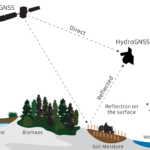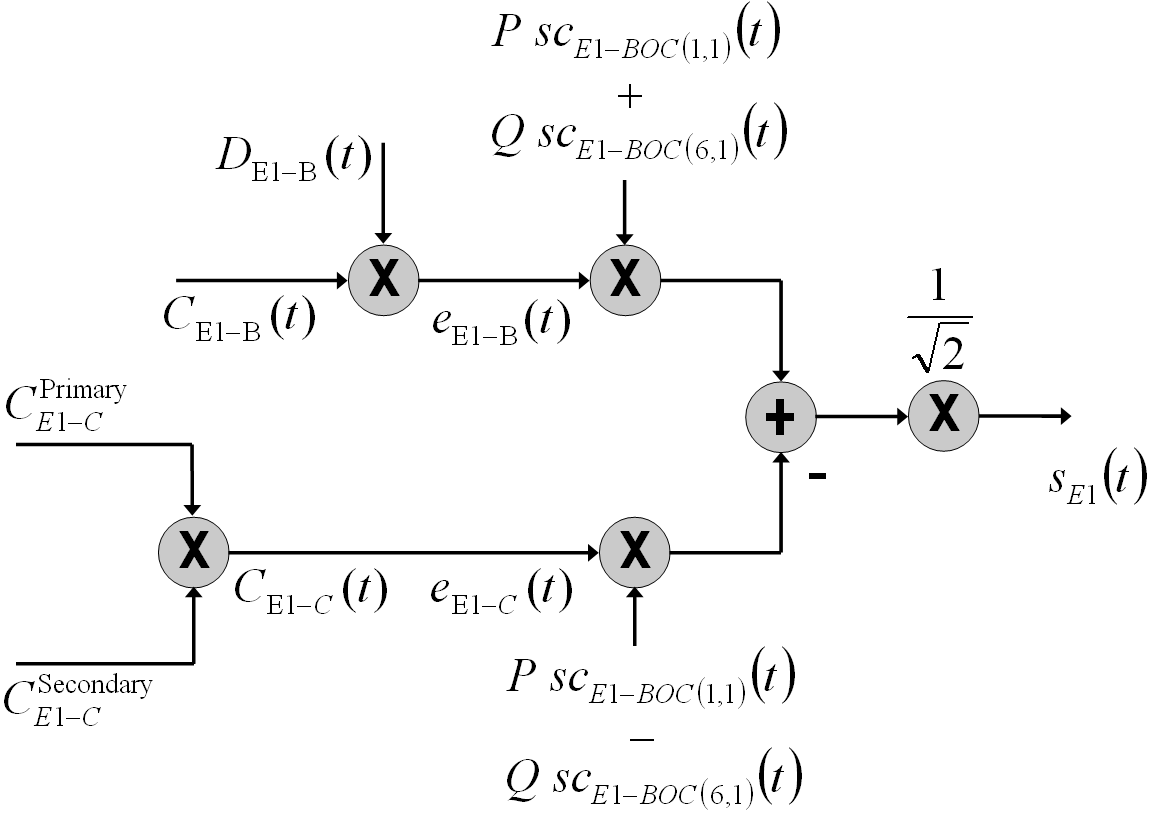Aviation officials are looking at combining data from the Air Force’s planned GPS ground system with services from other monitoring systems — or even relying on other systems entirely — to save money on monitoring the GPS civil signals.
Aviation officials are looking at combining data from the Air Force’s planned GPS ground system with services from other monitoring systems — or even relying on other systems entirely — to save money on monitoring the GPS civil signals.
To find the best option, the Federal Aviation Administration (FAA) has been conducting a trade study that looks at relying on the Air Force’s Next Generation Operational Control System or OCX for civil signal monitoring but also at combining it with other systems such as the Jet Propulsion Laboratory’s Global Differential GPS System (GDGPS). Initially, civil monitoring had been expected to be part of the operations of the OCX with civil funds paying for addition of that capability to the next-generation system. However, higher cost projections and congressional budget cuts for civil GPS improvements have created doubts about that approach.
“DoT currently is conducting a study to examine options to meet GPS civil signal performance monitoring requirements,” said the Department of Transportation in an emailed response to a query from Inside GNSS. “These options include OCX, non-OCX, and hybrid combinations. Results of this study are expected this spring.”
Sources familiar with the effort said that the study is complete but needs to be presented to decision makers.
DoT is responsible for performance monitoring of GPS civil signals to verify that commitments to GNSS performance are being met. Such monitoring improves the situational awareness for GNSS operators and provides assurance that any civil service failure is detected and resolved promptly.
The International Committee on GNSS (ICG) encourages GNSS providers to “publish documentation that describes the signal and system information, the policies of provision, and the minimum levels of performance offered for its open service.” Currently, this is only done on GPS L1 C/A signals, according to Karen Van Dyke, director of PNT at DoT’s Research & Innovative Technology Administration (RITA). Performance standards for L2C and L5 have not yet been established.
Exploiting Existing Resources
GDGPS is a network of more than 100 U.S. and international monitoring stations with the 75 sites of NASA’s GPS Network at its core. These sites feed monitoring data to three DGGPS Operational Centers, which distribute it to a variety of commercial and governmental customers including the 2nd Space Operations Squadron (2SOPS) at Schriever Air Force Base, Colorado.
The 2SOPS handles command and control for the GPS system. At least 10 GDGPS stations, and on average 25, are monitoring every GPS satellite at all times. The system’s robust redundancy even allows results to be provided on a regional basis, which could help with localized trouble shooting.
GDGPS Manager Yoaz Bar-Sever told the nation’s top GPS experts in December that DGGPS could easily meet more than 90 percent of the 193 requirements in the GPS Civil Monitoring Performance Specification or CMS for a total cost of $2.75 million a year. He told the members of the National Space-Based Positioning, Navigation, and Timing (PNT) Advisory Board it would take a year to put the capability in place. The self-supporting GDGPS could also be tailored to meet future needs, Bar-Sever noted, and the FAA could stop or start using service as needed.
GDGPS could provide an additional five percent of the CMS requirements, Bar-Sever said, if enhanced receivers were added at the NASA stations. This added capability would take a total of two years and $3 million to set up but would not add to the annual cost. GDGPS also monitors GLONASS, BeiDou, and soon Galileo, he said.
“NASA is ready to help close the fiscal and schedule gaps in civil signal monitoring,” Bar-Sver told the Advisory Board. “We are happy to work with the Air Force and the DoT to evaluate the synergy. . . . We can share monitoring data. We can do it on a temporary basis. Everything is on the table, and we’d love to help anyway we can.”
Another system evaluated by the study team was the FAA’s own Wide Area Augmentation System or WAAS. This network uses precisely placed Wide Area Reference Stations in the United States that collect information on the GPS signal and send differential corrections to the WAAS Master Station, which generates an augmentation signal. The augmented signal is uploaded to geostationary satellites that transmit it over a wide region covering the continental United States and surrounding areas, enabling users with GPS/WAAS receivers to obtain more accurate and reliable positioning.
WAAS constituents assert that the WAAS system is more trustworthy, Bar-Sever noted in a May 2013 presentation to the Advisory Board. However, as a regional system, WAAS “cannot cover the globe,” a source familiar with the FAA trade study noted.
This source said the study will recommend FAA handle its top two, and possibly three, CMS priorities using OCX and have the rest of the monitoring priorities done by JPL and WAAS. The more urgent priorities would be handled by JPL.
The cost to go strictly with OCX was ”just prohibitive,” explained the source, but JPL was not able to do all the tasks. There were also greater challenges meeting cybersecurity demands when not using OCX. “The information assurance will just kill you,” said the source, though they did not provide specifics.
Bar-Sever told Inside GNSS, the GDGPS system was “incredibly reliable” and already well protected from cyber attacks. He said he would be happy to work with anyone to fix any issues. If there is a gap, “we’ll close it,” he said.
Compares Well with OCX Approach
The trade study is the last of a trio of research efforts looking at how to monitor civil GPS signals. The first two were both done by OCX prime contractor Raytheon. The company initially looked at incorporating the specifications from CMS into OCX — which, at well more than $100 million, the source said, was viewed as cost prohibitive and would have required adding another stage of work to the OCX program. Raytheon then looked at prioritizing the work that was needed and breaking down the costs to achieve the various high- and, subsequently, low-priority requirements.
The FAA had to turn the trade study around quickly because of the timeline for incorporating the final determination into the Department of Defense’s planning. DoD, which is taking its own look at the issue, will need to agree to the suggested course of action, said a source; so, a final plan may take a while longer and could potentially change.
DoD appears more likely than not to concur with the hybrid approach. It already has experience with GDGPS. JPL is a subcontractor for OCX and, noted Bar-Sever, 2SOPS has been using GDGPS data for some 14 years.
Moreover, noted one expert, the idea of using GDGPS for FAA needs comes recommended by the Independent Review Team, a group of top DoD advisors.
“The IRT has been very enthusiastic about the use of this (GDGPS) network for monitoring civil signals,” said Brad Parkinson, former head of the first NavStar GPS Joint Program Office and vice-chair of the National Space-Based PNT Advisory Board.






